Practice? We’re talking about [Solo] Practice?
![Practice? We’re talking about [Solo] Practice? Image](https://www.snipe.org/wp-content/uploads/2020/05/423200_169215153196046_1893824364_n.jpg)
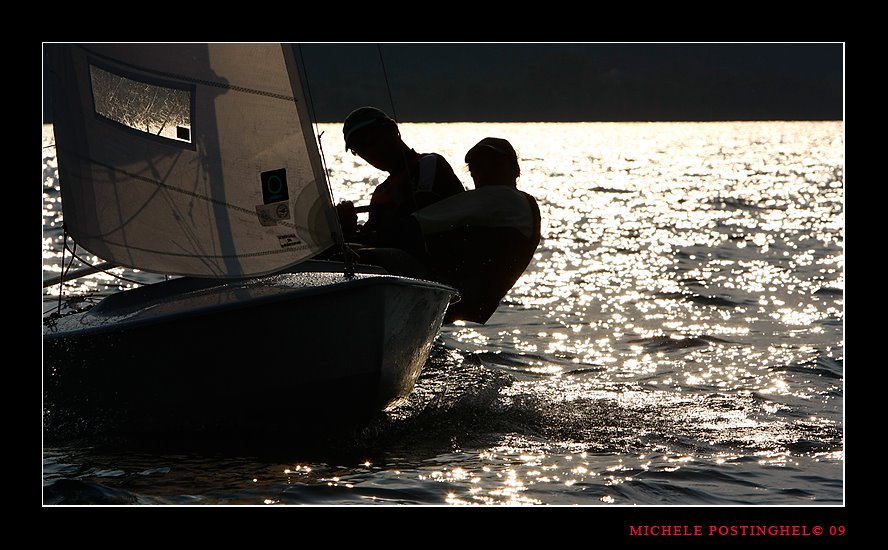
by Lisa Pline (questions) and Arthur Blodgett, Doug Hart, Augie Diaz (answers)
From the Experts: Single boat practicing
For those of us lucky enough to now be able to engage in “recreational boating” but not able yet to “congregate”, going out solo is a great (only?) way to start the season! For many of us, the idea of practicing solo is a bit foreign, but for the top guys, practicing solo is a regular part of their routine. To help the rest of us get the most out what may be a new format for us, I reached out to Snipe stalwarts Augie Diaz, Doug Hart, and Arthur Blodgett for Best Practices (bio’s below).
LP: How beneficial is solo practicing?
Augie: I think you can do a lot “solo”. In fact, getting your teamwork down needs to be done solo at the beginning. The obvious exercises: tacks (we try to do 25 tacks in 5 min), jibes (we shoot for 10 jibes in 5 min), starts and stops, figure 8s, etc.
Doug: Single boat practicing is a great way to get on the water and learn to improve skills that are needed to become a better racer. All you really need is an enthusiastic crew, motivation, a buoy and a plan. Teaching a new sailor how to crew in a Snipe for their first few sails is best done solo. Solo sailing is great for this because it provides the time and opportunity for the skipper to patiently explain and demonstrate skills in a relaxed and fun learning environment
Arthur: Solo practice is great for a bunch of skills: Boat speed through feeling the boat, communication, boat handling, and fitness. Of these, communication takes the most commitment to “practice like you race” and have the crew counting down each puff, big sets of waves, even lay lines to channel marks you designate as your windward mark. Practice the language of speed between skipper and crew. How do you like puffs called – in boat lengths or seconds away? How much/how fast does the skipper expects the jib sheet played when we call for a mode change. Conversely, how does the crew anticipate the skipper’s trimming, hiking, and driving moments. These are just two examples; we are practicing how we communicate everything either verbally, or non-verbally through the boat. Practice super hard, focused on upwind and downwind speed and you should come away with confidence that you were the fastest boat out there on that day!
LP: Are there any specific drills/techniques you can practice solo?
Arthur: The Drill is to always be racing to maximize the wind and current. The drill is to stay focused and sail as fast as we can as soon as we’re away from the dock and have the boat roughly tuned. If the helm & heel angles don’t feel right we might stop and re-tune. Sailing out of Ft. Lauderdale where I keep my Snipe is an arduous 45 minutes through a shipping channel! Once we’re out on the ocean we might pick a channel marker upwind to go to. We sail a long upwind with 4-8 tacks, and a long downwind. Sometimes if its windy we say “ok were going to go 100% Hiking for 14 Minutes” (about the length of a beat) and set our watches to motivate ourselves.
To practice starts, find one or 2 marks and do rolling 1 minute accelerations off the line. After 15 seconds of close-hauled speed off the line, we loop around and set up in the next 30, working up to the line then accelerating for the last 15 seconds of that minute.
It’s also good to practice breaking rule 42 for a short portion of the practice just to see what the boat can do, then practice reigning it in to where your sailing will be acceptable to the judges!
Augie: Teamwork and maneuvers, but there is a point that you need to do these next to another boat
Doug: I prefer to practice the following skills solo:
- Improving boat handling (mark roundings, starting acceleration, starting at a pin)
- Learning how to use a compass
- Learning how to use the pole launcher
- Practicing “feel” so you can both learn and discuss how the boat feels when it seems fast. Blindfolded skipper sailing is an excellent tool to help skippers improve.
- Practicing communication with respect to the natural elements such as puffs, lulls, wind shifts etc.
- Sailing fitness in hiking conditions
- I always use older sails when I practice alone. Save the new crispy sails for racing.
LP: Do you set a specific agenda before you go out?
Doug: I always like to plan single boat training sessions. There are days when the plan has to be revised due to differences between the forecasted weather and the actual weather but I always like to use on the water time efficiently.
Augie: Yes, this is important
Arthur: For sure. It depends on how long the skipper and crew have been sailing together, and the conditions. But there should always be 1 or 2 things you want to focus on for the practice – could be transitions, communication, downwind kinetics, start accelerations, etc. And again, a lot is up to the conditions but we try to embrace that.
Are there any wind ranges you will or won’t go out in? Techniques best practiced in certain wind ranges?
Augie: If there is no wind or “unsafe” to go out, then we don’t go.
Arthur: No. I will enjoy being afloat if its drifting conditions, probably stay on the river, and practice saucy light air roll tacks and big roll jibes. If it’s “blowin’ the dog off the chain” we will focus practice on broad reaching and getting planing for the downwinds – the Race Committee will usually sail triangles in those conditions it’s a point of sail on which we need more practice!
Doug: I like to practice in all wind ranges that are safe for the level of our experience in the boat. It is never a good idea to go out alone on days when it is likely that you will break down or need assistance and no one will be able to come out and rescue you. You don’t want your crew to have a bad experience and/or lose confidence. I always like to choose the forecasted wind day and the venue on what skills are mutually agreed that need improvement. Some venues are better than others depending on what needs to be improved. For example, if you want to learn how to sail better in waves, choose to go to the places where waves will be likely and the wind is forecast to cooperate.
What is a good amount of time to spend on a solo practice?
Doug: I try not to stay out longer than necessary. When you feel as if you or your crew are mentally or physically spent, head home and put the boat away. The duration of the practices should be mutually set by both you and your crew. When you run out of things to practice, head for the bar. You can learn lots of fun things at the bar. If you are sailing with a Junior, you may want to revise the plan. Don’t forget to plan for your next sail to keep the enthusiasm level high.
Augie: Max two hours
Arthur: 1.5 Hrs on the Open Ocean, 3hrs dock to dock is my sweet spot. 1.5 to 2 hour practices can be great as well.
Do you log or document your practices?
Augie: No, but this is a good idea.
Doug: Yes! Make sure to debrief and share what you learned. Ideally, you are both keeping some sort of written record so that important takeaways are committed to memory.
Arthur: No, but that’s a really good idea. Of course, if you can get video of your practice that’s very helpful (photographic documentation of the practice!), so I’m always trying to talk friends or other coaches that have a powerboat to come out, chill and video a practice. I always try to keep a mental photographic bank of how the sails looked under the settings we used.
Any other “best practices” for solo practicing you can share?
Doug: Keep it lively and keep it fun and challenging. Last, but not least… tell the other Snipers in the fleet how much fun you had and invite them to join you the next time you go sailing!!!!
Arthur: A bottle of wine with a screw top, held by the skipper’s hiking strap bungie vertically in the auto-bailer-well can be a great accoutrement and motivator. If you and your crew can’t share spit on the same bottle that will of course call for 2 bottles of wine. One important thing is to not just use the downwinds for booze cruisin’ – we all need to practice speed downwind and there is less downwind sailing than upwind (because you sail a deeper vmg) . Sip your wine on the rail on a close reach while resting, then sail hard upwind and downwind when the screwtop has been made fast. Remember, practice has to be fun!
Augie Diaz (Miami) is a Snipe and Star Class World Champion, Olympian and former Rolex Yachtsman of the Year. Augie works tirelessly to promote the Snipe class to young sailors, and is always happy to share his knowledge or go out with you and practice~
Doug Hart (San Diego) is a two-time Snipe National Champion and one-time Snipe North American Champion as well as former Laser Master North American Champion. Doug is a US Sailing Coach, coaching the US Junior Women’s Singlehanded Radial and 4.7 fleets.
Arthur Blodgett (Ft. Lauderdale) is the head Opti coach at Lauderdale Yacht Club where his sailors have won 4 straight Team Race National Championships. He has been racing in the Snipe Class since 2009, most recently qualifying and sailing in the 2019 Worlds in Ilhabela, Brazil.
Comments for this post are closed

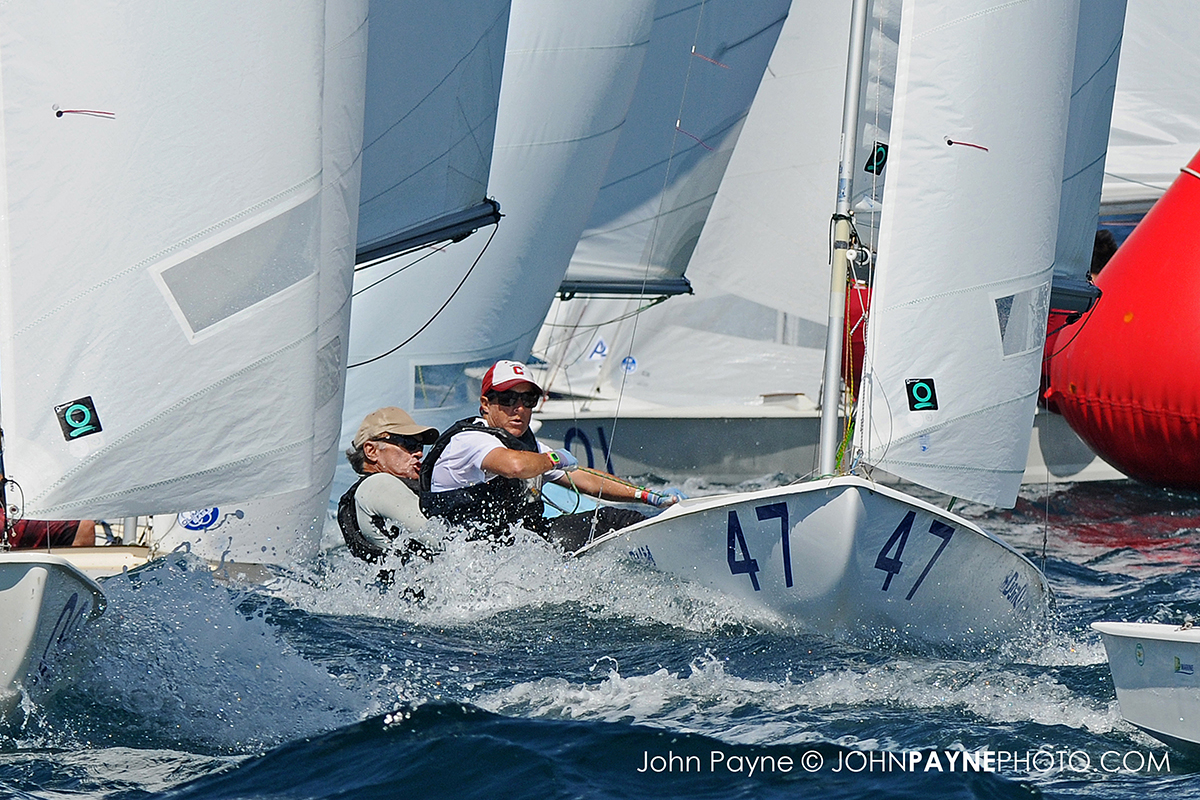
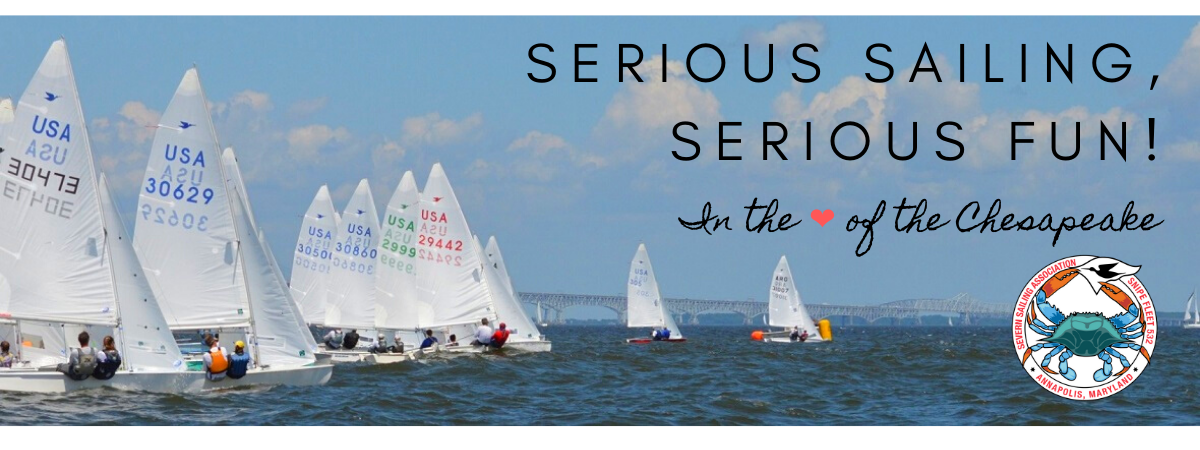
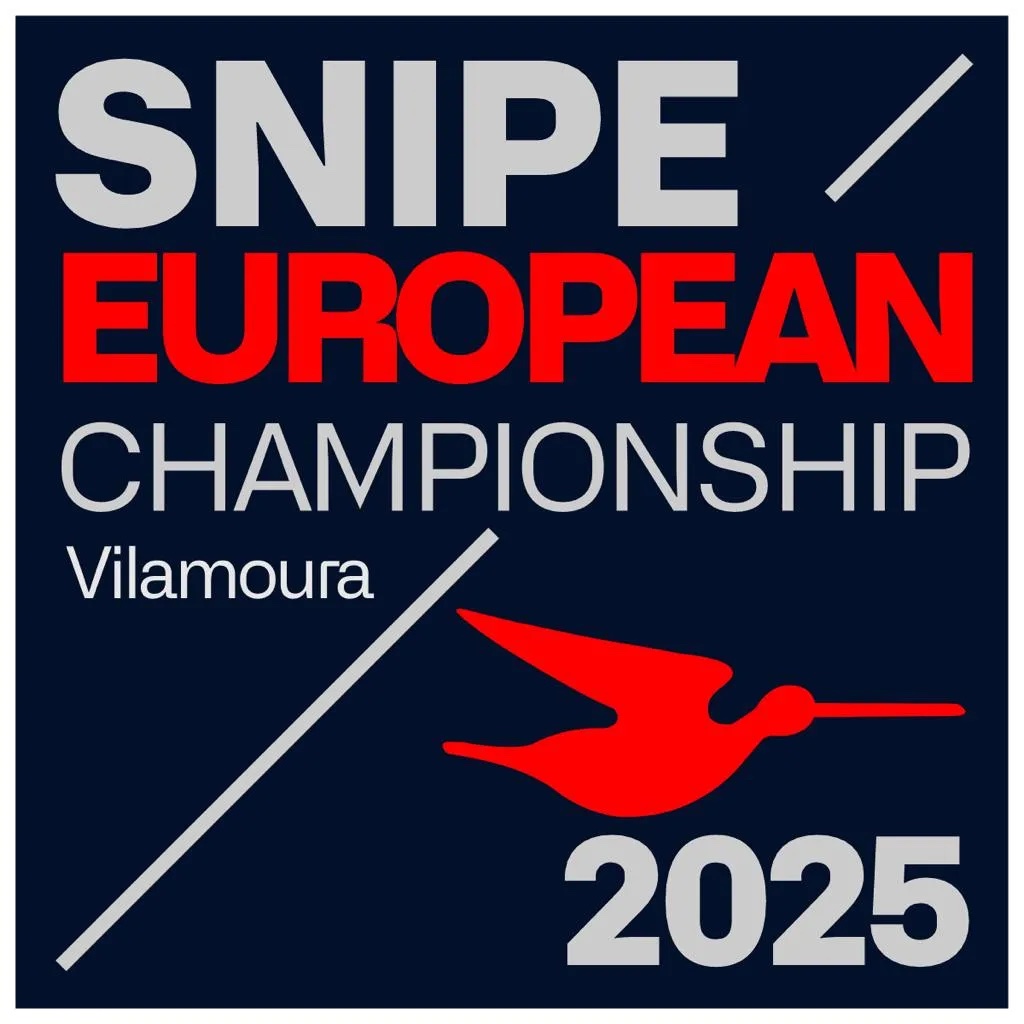
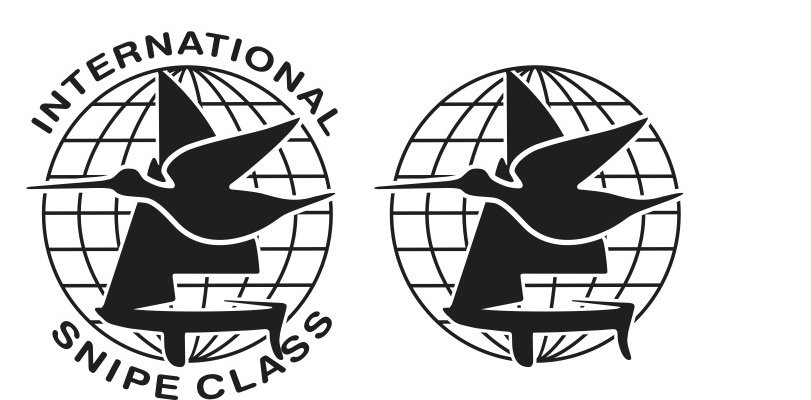
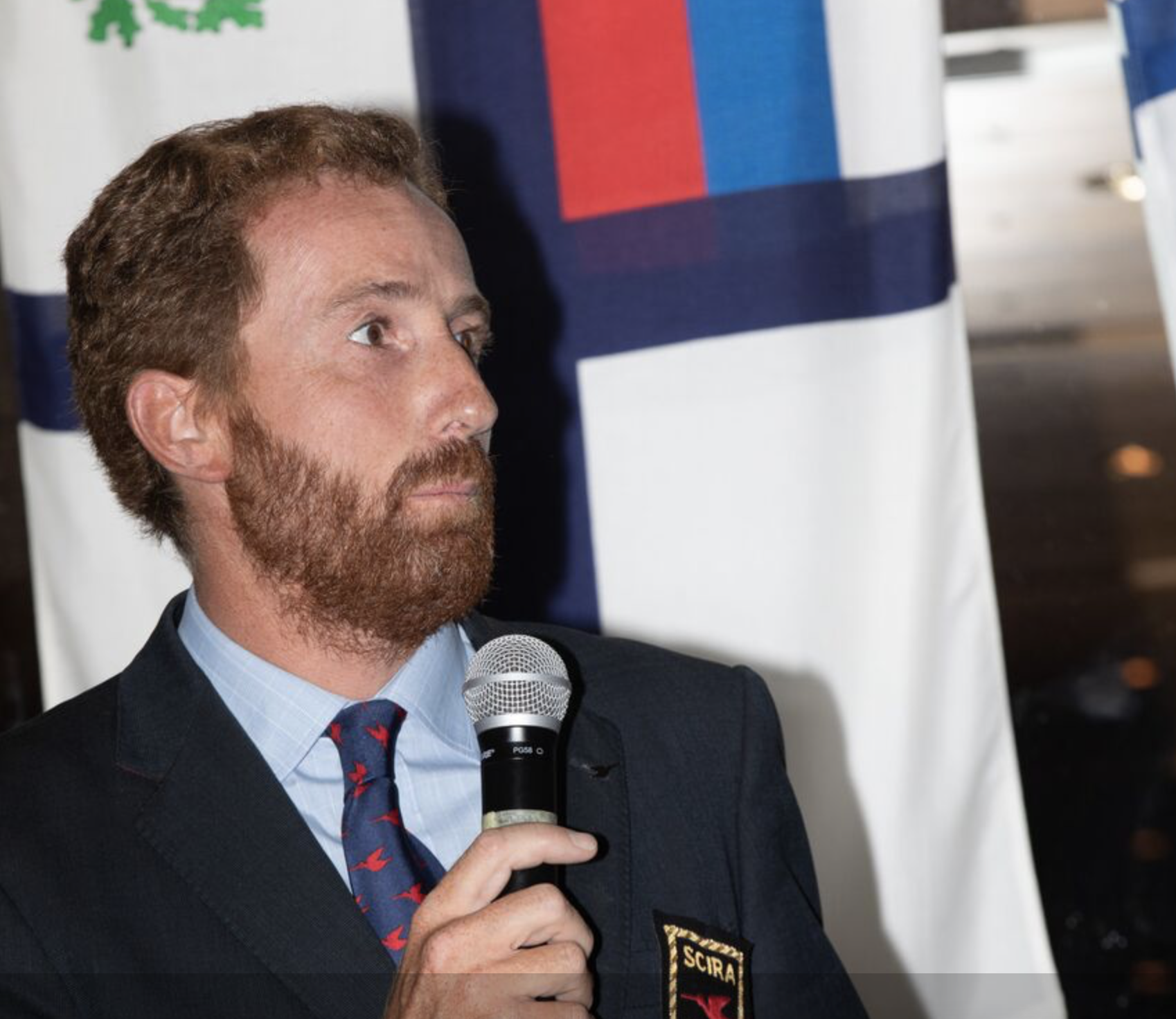
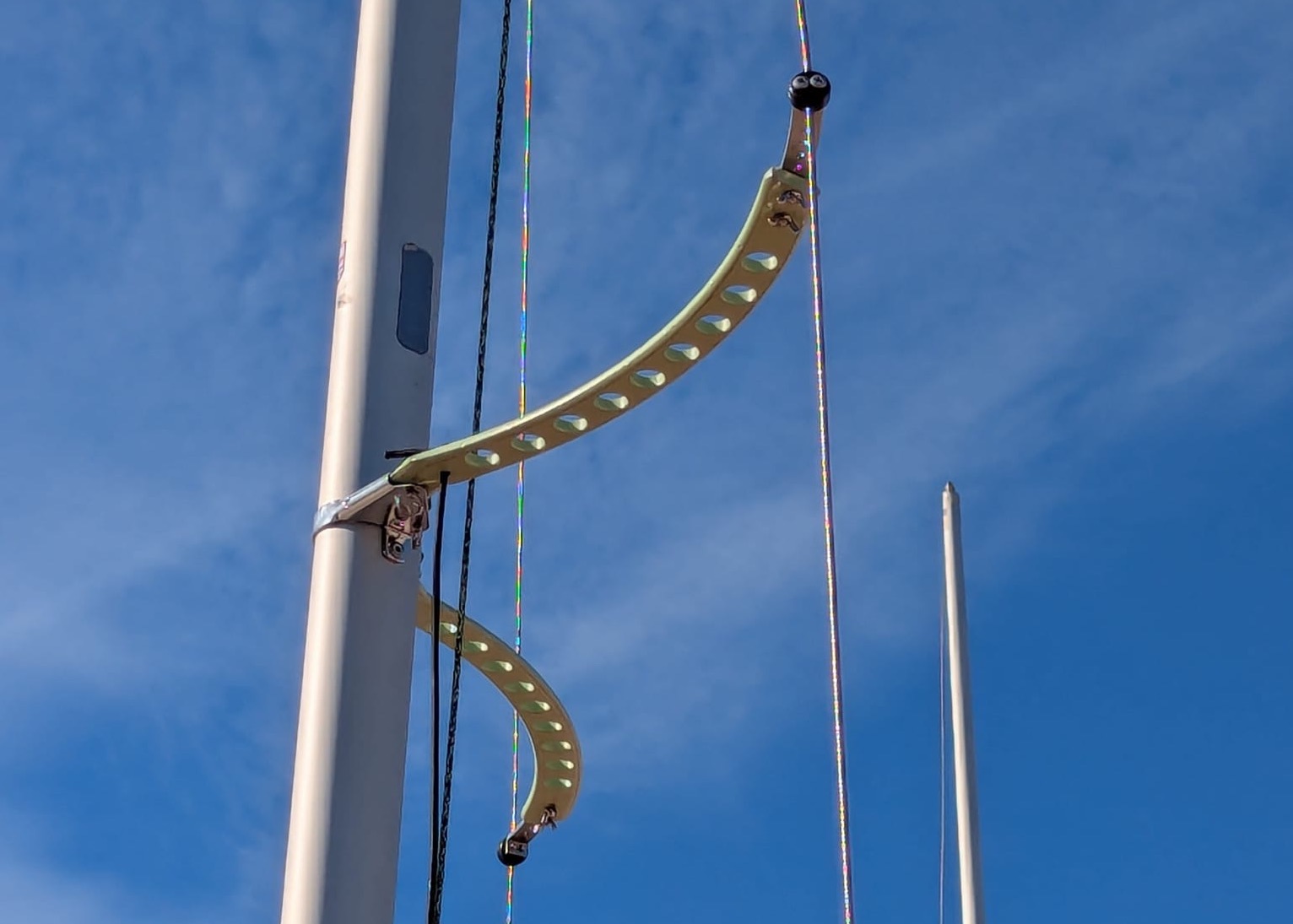
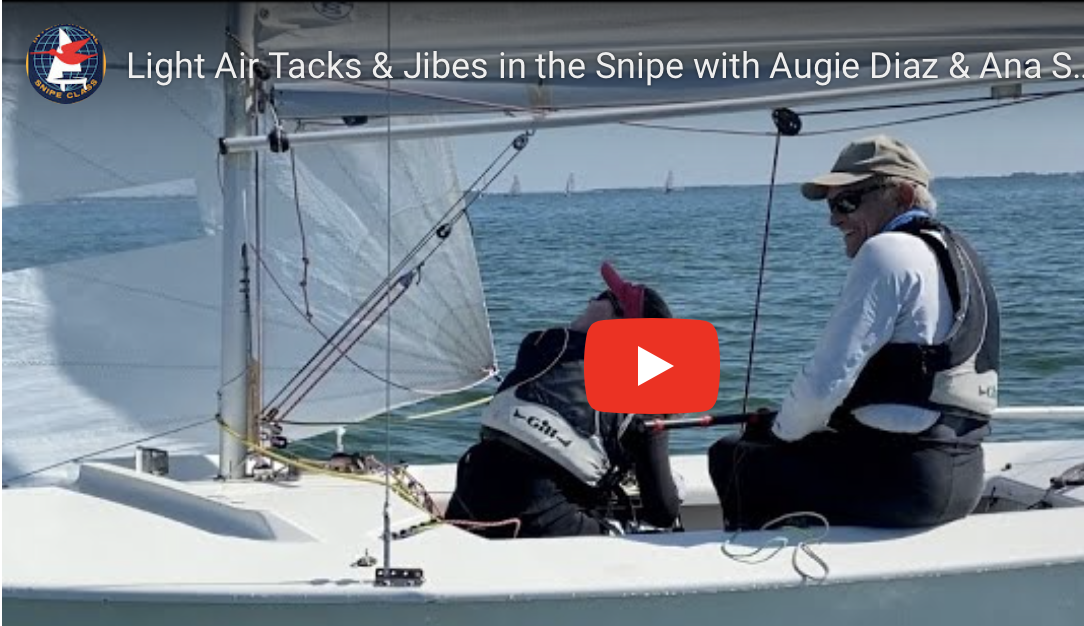
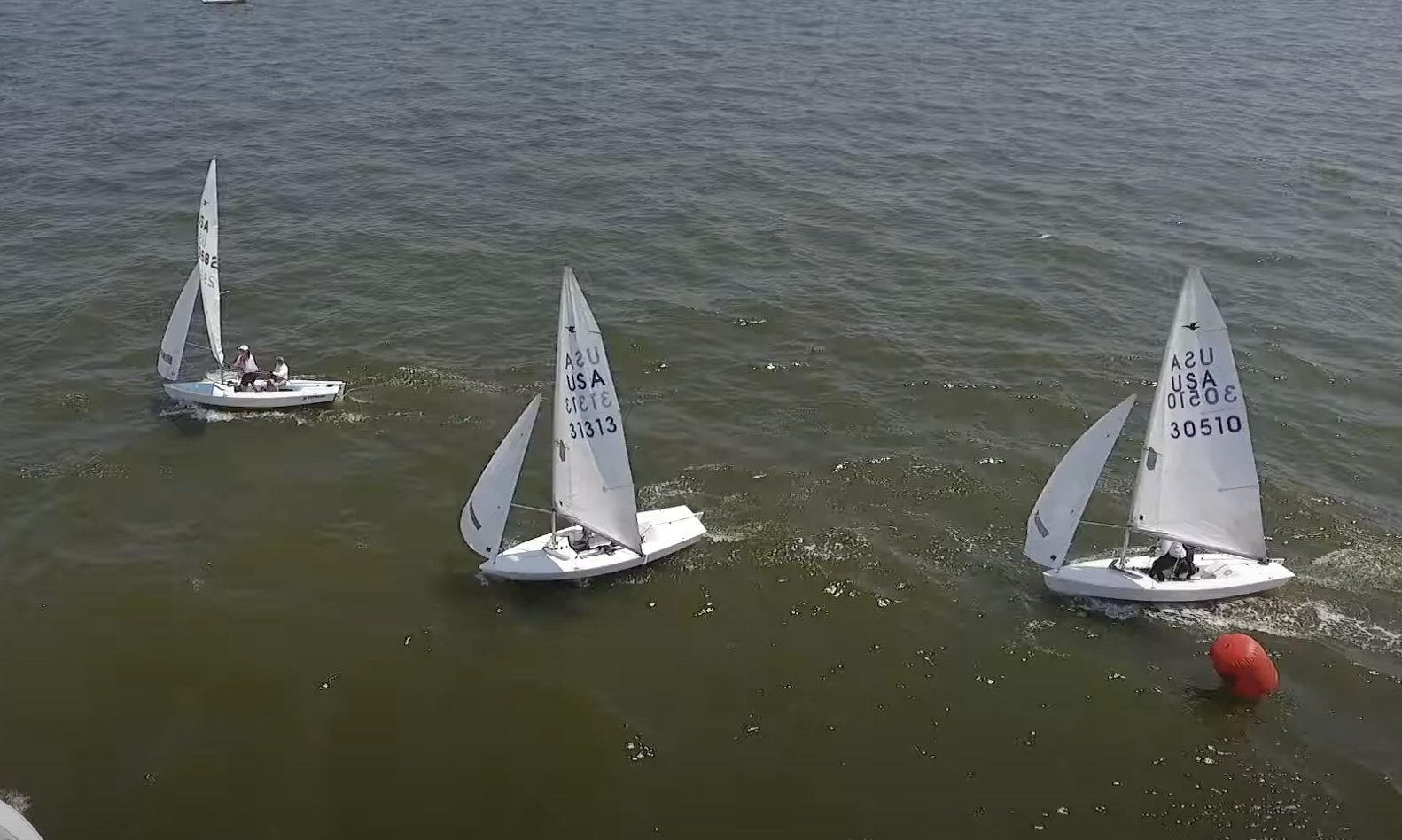
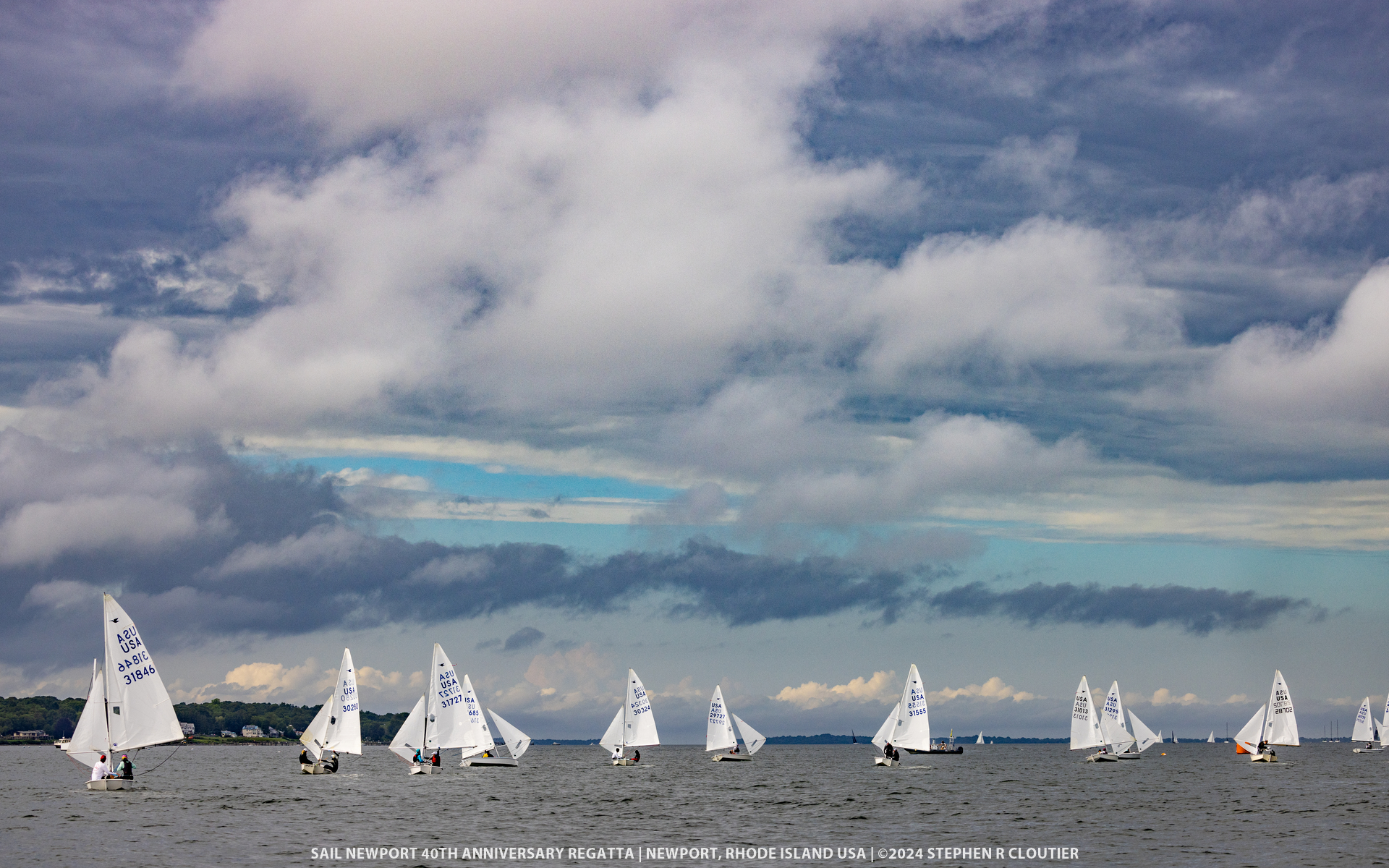
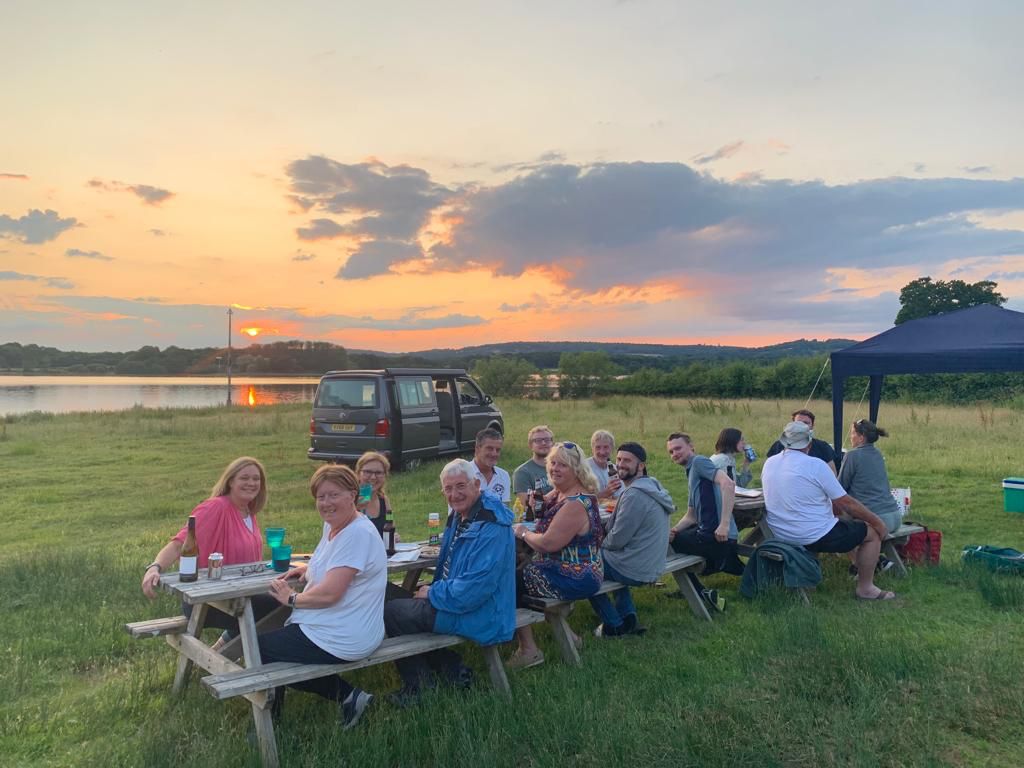
0 comments